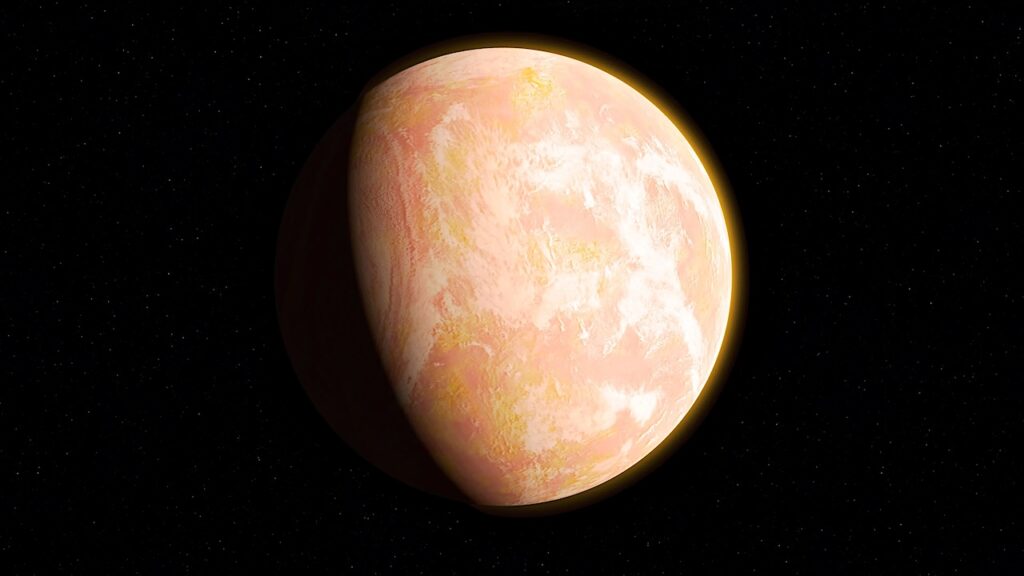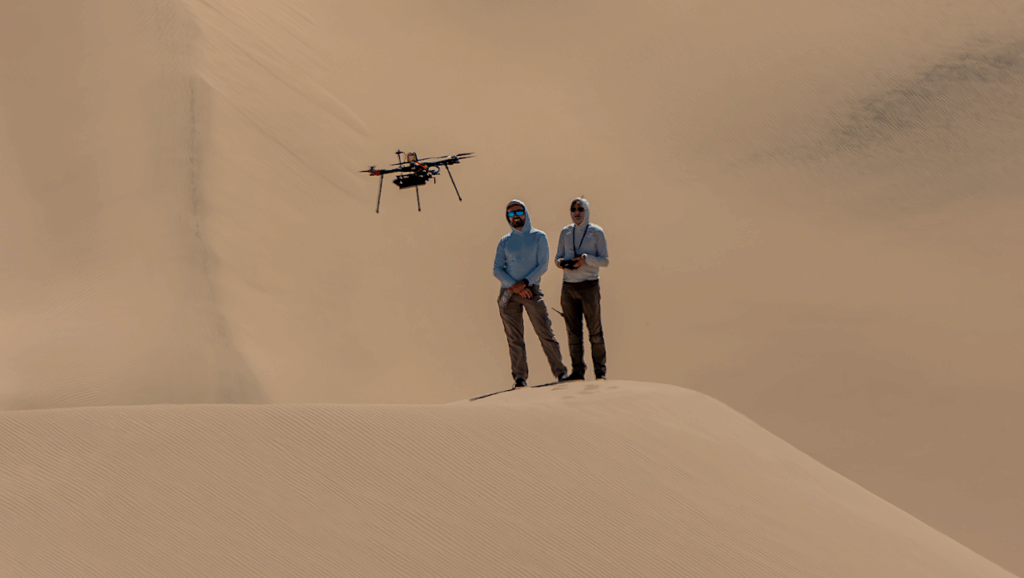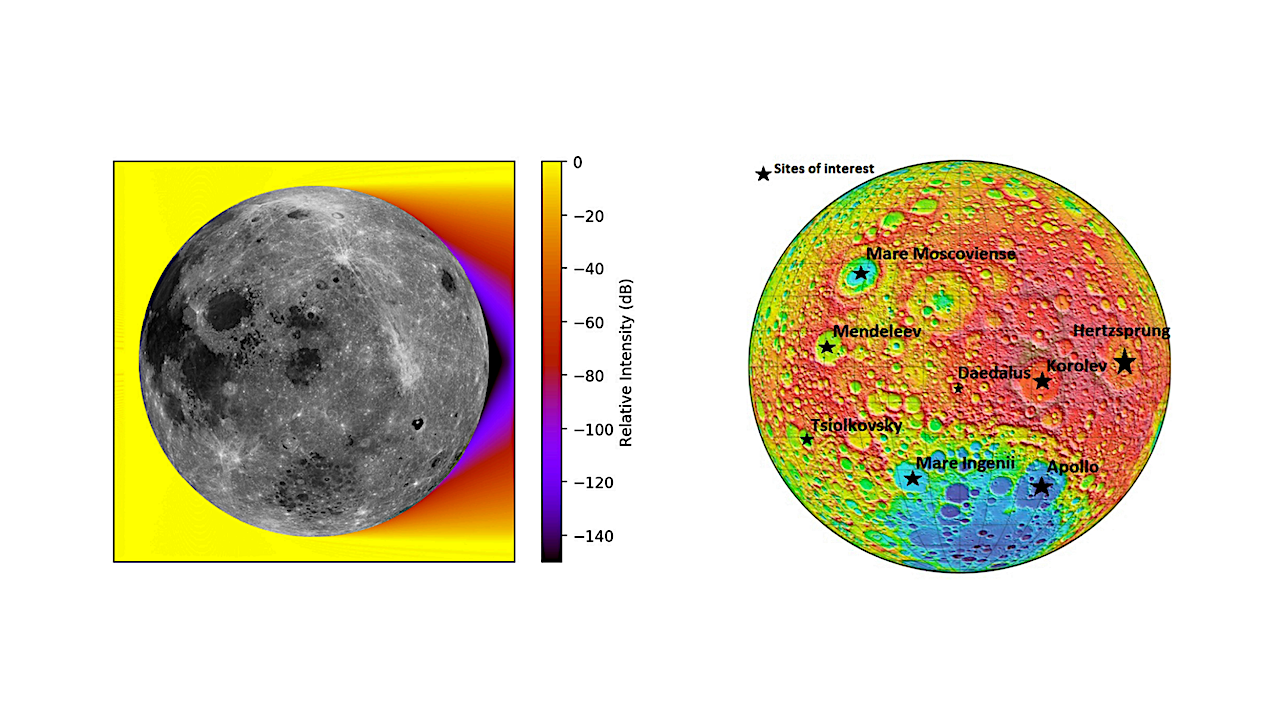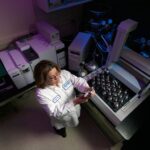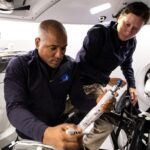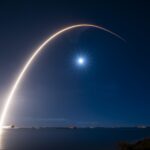Now Reading: The Importance of Aqueous Metabolites in the Martian Subsurface for Understanding Habitability, Organic Chemical Evolution, and Potential Biology
-
01
The Importance of Aqueous Metabolites in the Martian Subsurface for Understanding Habitability, Organic Chemical Evolution, and Potential Biology
The Importance of Aqueous Metabolites in the Martian Subsurface for Understanding Habitability, Organic Chemical Evolution, and Potential Biology
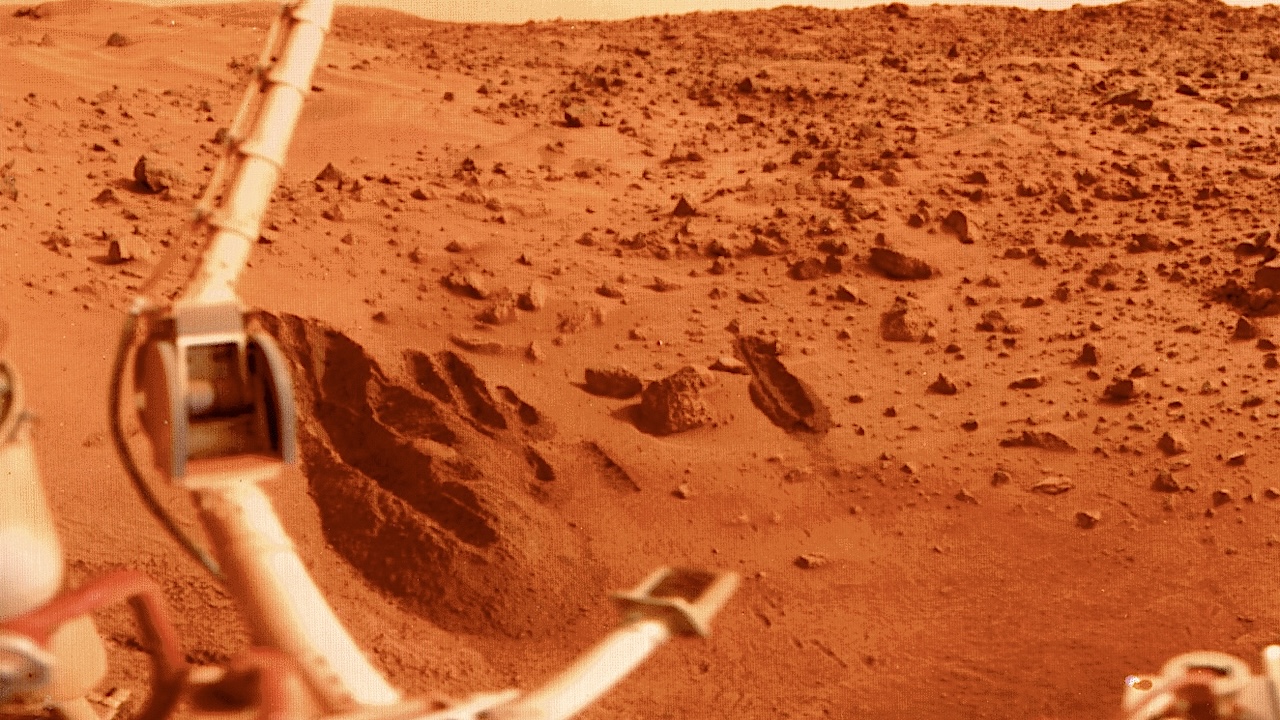
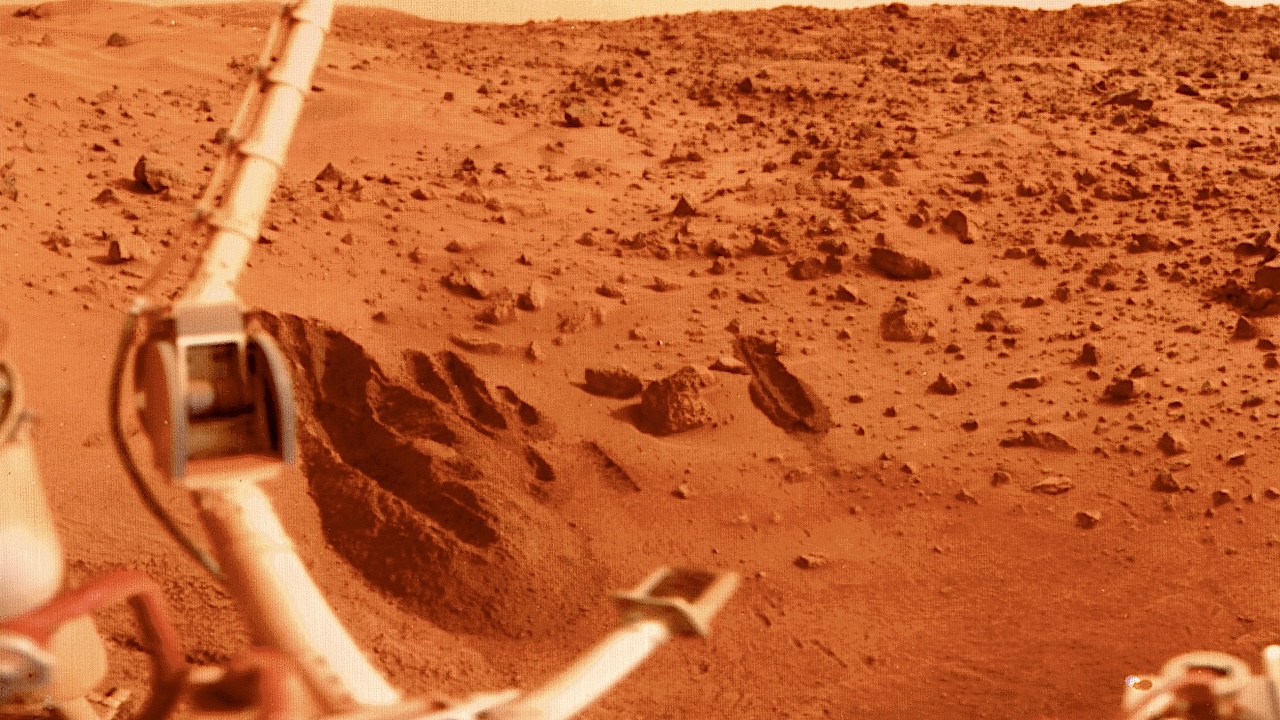
The Viking 1 Lander sampling arm created a number of deep trenches as part of the surface composition and biology experiments on Mars. The digging tool on the sampling arm (at lower center) could scoop up samples of material and deposit them into the appropriate experiment. Some holes were dug deeper to study soil which was not affected by solar radiation and weathering. The trenches in this ESE looking image are in the “Sandy Flats” area of the landing site at Chryse Planitia. The boom holding the meteorology sensors is at left. (Viking 1 Lander, 11D128) — NASA
Aqueous metabolites in terrestrial subsurface environments provide critical analog frameworks for assessing the habitability of Martian subsurface ice.
On Earth, they play critical roles in sustaining microbial life within soils, permafrost, and groundwater environments and their availability shape microbial community compositions, activity, and adaptability to changes in environmental conditions, enabling communities to persist over millennial timescales.
The counterpart to aqueous-soluble organics is the insoluble organic matter pool that makes up the largest portion of organic matter in natural samples and includes most types of organic signatures indicative of biological processes.
Employing a range of sample preparation, molecular separation, detection, and imaging techniques enables the characterization of both labile (i.e., soluble and reactive) and recalcitrant (i.e., insoluble, non-reactive; include macromolecules) organic pools.
Multiple orthogonal analytical modalities strengthen interpretations of signatures that we associate with biology as we know it and don’t know it, by constraining possible abiotic sources, validating measurements across distinct techniques, and ensuring flexibility to interrogate diverse organic chemistries encountered in Martian subsurface environments.
This holistic triage approach aligns with the priorities articulated in the Mars Exploration Program Analysis Group’s Search for Life -Science Analysis Group (SFL-SAG)
Jennifer L. Eigenbrode, Luoth Chou
Charter for a medium-class Mars mission focused on extant life detection.
Comments: a white paper for MEPAG SFL-SAG
Subjects: Instrumentation and Methods for Astrophysics (astro-ph.IM); Biomolecules (q-bio.BM)
Cite as: arXiv:2508.14050 [astro-ph.IM] (or arXiv:2508.14050v1 [astro-ph.IM] for this version)
https://doi.org/10.48550/arXiv.2508.14050
Focus to learn more
Submission history
From: Jennifer Eigenbrode
[v1] Wed, 6 Aug 2025 13:06:04 UTC (195 KB)
https://arxiv.org/abs/2508.14050
Astrobiology,
Stay Informed With the Latest & Most Important News
Previous Post
Next Post
-
 012024 in Review: Highlights from NASA in Silicon Valley
012024 in Review: Highlights from NASA in Silicon Valley -
 02Panasonic Leica Summilux DG 15mm f/1.7 ASPH review
02Panasonic Leica Summilux DG 15mm f/1.7 ASPH review -
 03How New NASA, India Earth Satellite NISAR Will See Earth
03How New NASA, India Earth Satellite NISAR Will See Earth -
 04And Thus Begins A New Year For Life On Earth
04And Thus Begins A New Year For Life On Earth -
 05Astronomy Activation Ambassadors: A New Era
05Astronomy Activation Ambassadors: A New Era -
06SpaceX launch surge helps set new global launch record in 2024
-
 07Space Force plans new ‘Futures Command’ amid pressure to speed up modernization
07Space Force plans new ‘Futures Command’ amid pressure to speed up modernization













